For those who have never handled freight forwarding or even heard of a floor loaded container, the process could prove to be quite tricky. Choosing the optimal packing strategy for a shipping container requires careful planning to maximize the use of available space.
The most crucial aspects are ensuring that no damage occurs to the items, that the goods stay still, and that they arrive on time.
That’s why it’s important for shippers to grasp how floor loading affects the efficiency and cost of their business operations. We will discuss floor loaded transload in greater detail in this article.
If you want to learn more, continue reading.
What Is a Floor Loaded Container?
It is exactly what it sounds like- to answer any questions about the significance of a floor loaded container. It’s a shipping container with the goods stacked on the floor.
Vehicles, machines, and other industrial supplies allow safe stacking in a floor loaded container. Reinforced floors are a common feature in floor loaded containers to prevent the cargo from shifting around. In addition, the vehicle may have additional security features, such as tie-downs or wheel chocks, to keep the cargo in place.
Unfortunately, floor loaded containers cannot accommodate all types of cargo for transport. Therefore, it’s beneficial for you to clearly understand the particular kinds of containers you’ll require.
The Process of Floor Loading
Loading products into a container requires careful preparation to make the most efficient use of available space. This is crucial to preventing products from becoming damaged during shipping due to movement.
Moreover, state-of-the-art software is now available for making digital loading plans illustrating how to pack everything tightly into the container. This minimizes damage and keeps you from having to pay extra because you’re shipping over the weight limit.
Floor Loaded Freight Types
Companies are using pallets now for shipping goods because they improve security and allow for better monitoring of the transport of goods. Fastening the cargo to a single pallet eliminates the need for someone to manually sort and track numerous small parts.
There are various types of freight that are not typically top loaded. The reasons for this can include the manner in manufacturing, the length of time that it is anticipated to remain in transit, or particular shipping restrictions.
The most common types of floor loaded freight are:
- Logs
- Metal Coils;
- Parcels;
- Tires;
- Rolled Carpets;
- Concrete Pipe Section;
- Industrial Rolls of Paper.
Benefits of a Floor Loaded Container
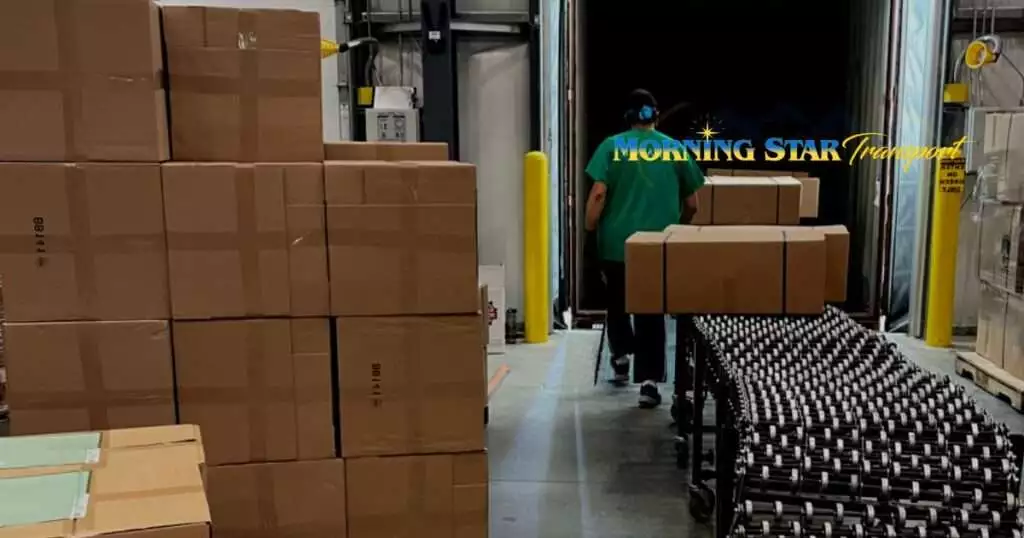
There are numerous benefits to using a floor loaded container instead of a conventional one. One of the benefits is that it facilitates quicker and easier cargo loading and unloading. In addition, this method makes it less likely that the goods will break during transit.
Additionally, the contents of floor loaded containers are safer because they are more challenging to access. Finally, this container type is more adaptable and can transport many different commodities. Because of this, many companies find a floor loaded container to be the best option.
Floor loaded containers can be loaded and unloaded without the use of forklifts. Not only does this make loading go faster, but it also protects the goods from breaking.
In order to maximize storage efficiency, it is wise to stack neatly, one on top of the other. Because items are more stable when loaded from the floor, floor loaded containers reduce the risk of injury.
Floor loaded containers have many benefits over other containers, making them an excellent option for a shipping container used for storage.
Advantages of Floor Loaded Product
You should carefully consider the benefits of using floor loaded containers as a shipping technique before making a final choice in this matter. We’ll go through some of the advantages your business will enjoy in the paragraphs that follow.
Extra Room for Stuff
When you don’t have to take into account the amount of space that pallets take up in your shipping container, you can usually fit more merchandise in each shipment, which results in a reduction in your overall shipping expenses.
Savings on Packing Materials
Due to the fact that this orientation for shipment does not require the use of stretch wrap or pallets, there is a cost-saving associated with the packaging. In addition, the majority of product packaging is constructed out of cardboard, which is entirely recyclable.
Potentials for Granular Distribution
The primary distinction between palletized and floor loaded products is that the latter involves loading a shipping container with its contents in individual cardboard boxes. As a result, distribution can be more tailored to each customer’s requirements thanks to the ability to load products individually.
Disadvantages of Floor Loaded Product

As a drawback, not everything can benefit from this type of loading. Therefore, as a result, there are a few drawbacks that you must remember.
Cost of Labor Rising
When products don’t allow loading with gear like forklifts, loading times can increase significantly, driving up labor costs. As a result, your supply chain team will have to take on more work, eating into the savings from reduced packing.
Extremely Harsh on Soft Goods
During shipment, each item has a greater potential to shift about without the additional stability provided by pallets and stretch wrap. In addition, if you do not wrap glass and electronics appropriately, there is an increased risk that they will break.
Higher Waiting Periods
Loading and unloading products from the floor takes more time because the staff must handle them individually. However, it is possible to expedite the schedule in an emergency by coordinating with service providers specializing in bundling.
Shipment of Floor Loaded Freight
There’s more to loading a floor than just stacking boxes. When dealing with floor loaded freight, shipping companies have strict rules that warehouse workers must follow.
Shipping businesses are generally subject to the same regulations. These are the standards that companies adhere to when transporting freight on the floor:
- Placements at the base of the wall include heavy and average-sized packages of shoulder-width or larger. These kinds of bundles will be the starting point;
- Long, slender packages go on the wall’s far right or left shelves. Occasionally, they can go on top;
- At the very top of the wall, you should place smaller boxes to fill in any space;
- Avoid straining your back- by lifting with your legs instead of your arms.
These regulations are essential for the benefit of everyone’s safety. Those responsible for loading or unloading it from the floor run the risk of having a wall of cargo fall and crush them. You can protect the packages more with well-loaded walls. They won’t be able to separate inside the container because of their close proximity to one another.
Wrapping Things Up
In addition to picking a dependable logistics partner, you’ll need to plan for various specifics, such as taking care while packaging items, making the most of the time you have available, and finding an acceptable floor loading Seattle provider.
Morning Star Transport company based in Seattle, is available to help with all of your product shipping needs. Each client is unique, and we treat them as such when determining the optimal storage and shipping strategies. Please contact us so we can discuss optimizing your shipping and fulfillment processes.
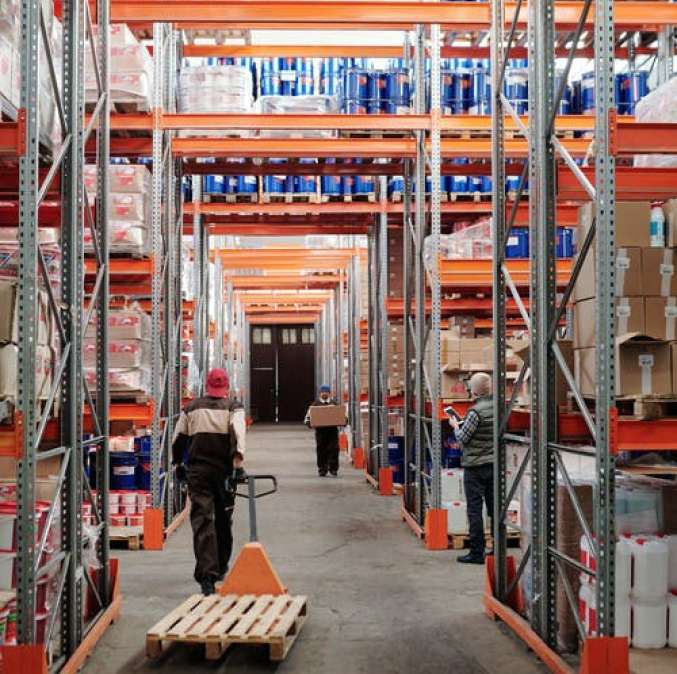

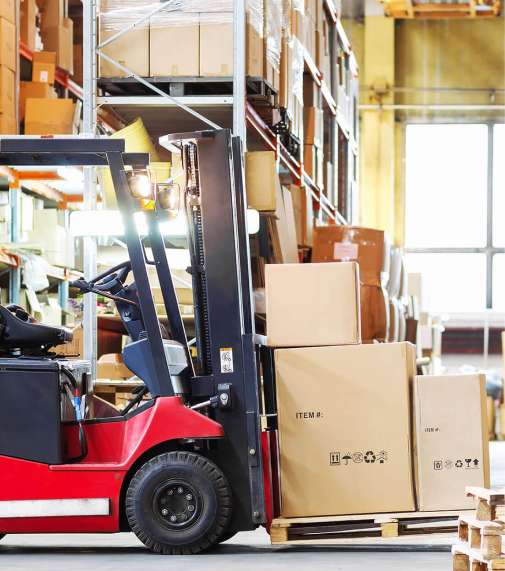
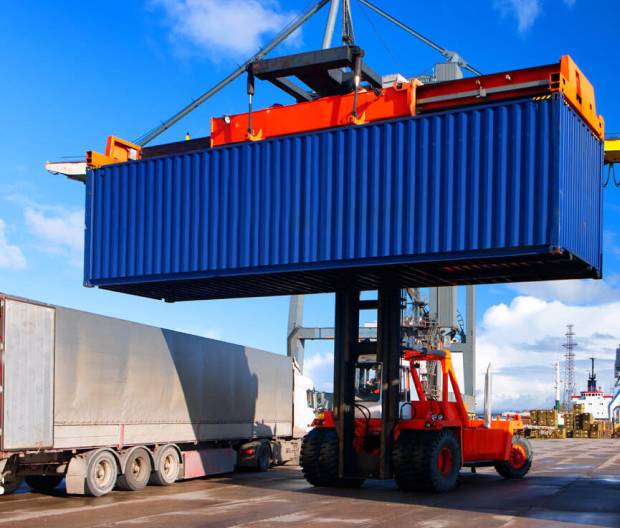
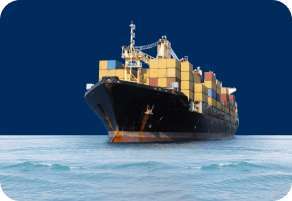
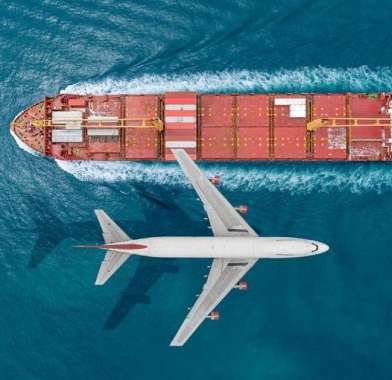
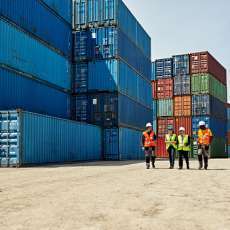

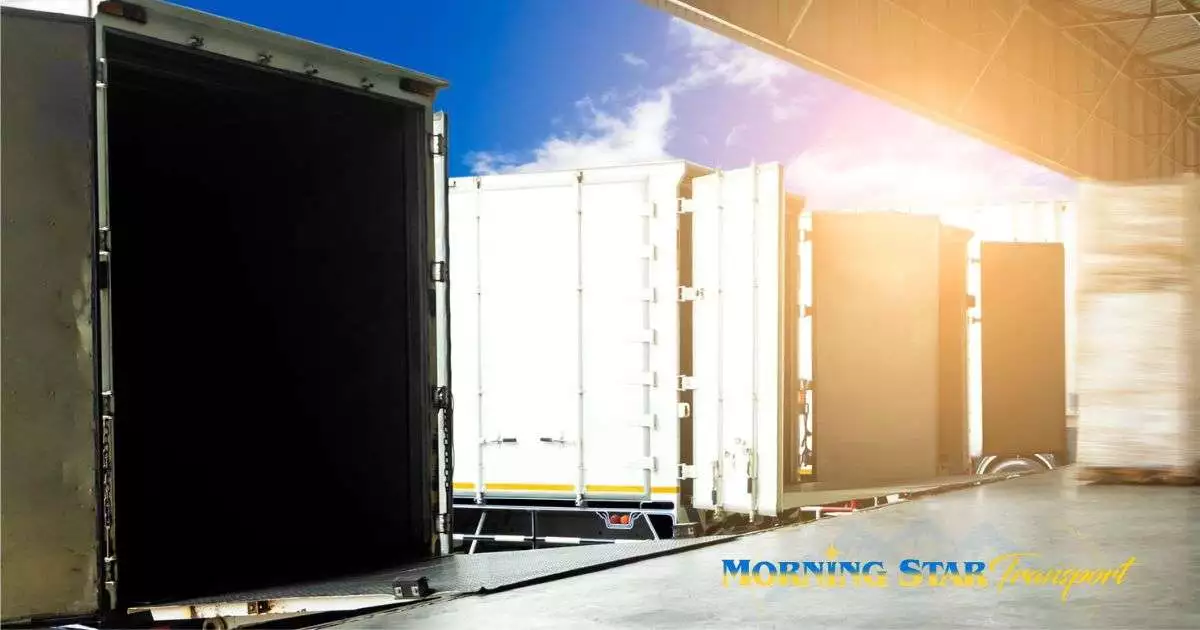
 iMedPages
iMedPages